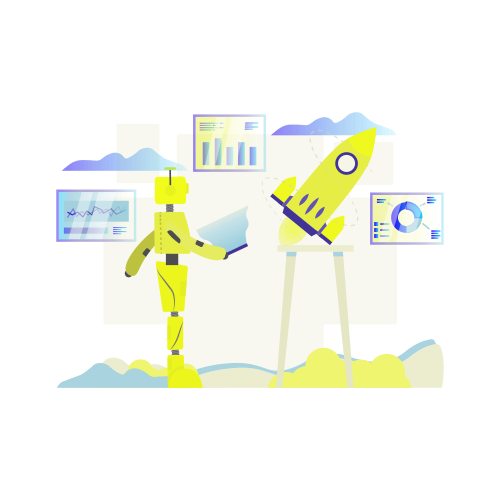Why Multiple Technologies are Needed for Complex Process Automation
There are numerous reasons why large enterprises are undergoing digital transformations. A big reason is to counter the digital disruptors that have taken their market shares because their customer interactions and operations are largely automated.
Large organizations, however are facing challenges with enterprise-scale automation that stem from their inability to automate beyond simple, repetitive tasks to the more complex processes in their organizations, which is where the real value lies.
The answer to their struggles is a focus on hyperautomation and a synergy of multiple technologies to design, optimize, and then automate their complex, continuous processes instead of solely targeting the task-based low-hanging fruit that delivers marginal ROI.
Why multiple technologies are needed
Large enterprises have a multitude of processes that are ripe for automation. The overwhelming majority of those processes are not simple and repetitive; they are complex, decision-based, and long-running.
To scale Robotic Process Automation and see an impactful return on investment, it’s these complex business processes that need to be automated. This especially rings true when trying to realize the value digital disruptors have exploited by automating customer journeys whose very nature is complex and co-exists in various systems within sophisticated enterprise architecture. Just think of your own organization’s process for onboarding new customers and all the touchpoints it has on legacy systems. Automating a complex and intricate process like customer onboarding is technically challenging because it is dependent on different technologies working in conjunction to drive automation.
The real challenge with implementing end-to-end, enterprise scale automation is ensuring each piece of technology remains focused on doing what it is meant and optimized to do. Otherwise, innovation leaders are left relying on one technology that is limited, leading to a flawed automation roll-out and execution that is incapable of scaling.
RPA vendors provide powerful platforms for orchestrating and deploying bots. Many even offer robust monitoring and reporting capabilities for robotic processes, but what are you using to optimize your complex processes before you pass it on to your technical resources to be developed and automated? What technology are you employing to address process debt, standardize the process, and identify waste end-to-end to ensure a seamless implementation?
In their recent report, Advance Process Automation By Keeping Automation Technologies In Their Own Lanes, Forrester argues,
“Robotic process automation (RPA) currently dominates the conversation. It is a critical element of an intelligent automation strategy but just one of many technologies that application development and delivery (AD&D) pros need to enable straight-through automation.”
The consensus across the industry is that one automation technology is simply not enough. To deliver end-to-end process automation that can be scaled across the enterprise, several intelligent automation technologies are needed to play their specific yet fundamental roles.
In their report, Forrester identifies the different automation technologies that large organizations need to drive end-to-end automations across the enterprise, in addition to the due diligence and implementation plan required to foster success.
Share this
Recent Stories

How to Select the Right Processes for Robotic Process Automation

From RPA to APA: Unlocking the Next Era of Intelligent Automation


